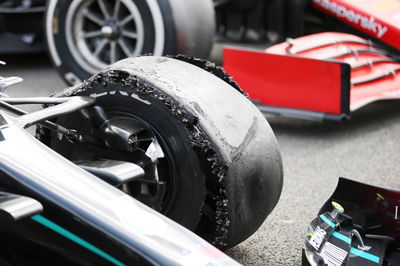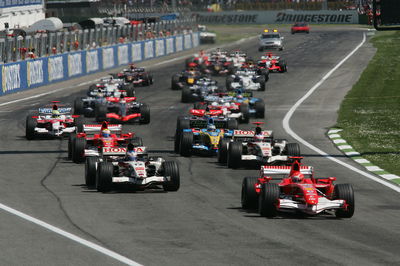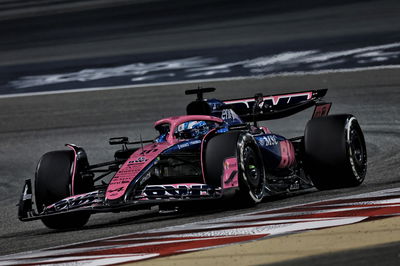Long stints, highest ever forces caused British GP tyre failures

An unusually long stint coupled with the highest forces on tyres ever recorded in F1 have been identified as the reason why three cars suffered dramatic late race failures in the British Grand Prix, according to Pirelli.
Valtteri Bottas, Carlos Sainz and Lewis Hamilton experienced delamination on the front-left in the closing stages of the Silverstone race, though while the former two were forced to pit and drop out of points’ paying positions, Hamilton was able to nurse his Mercedes home to still win.
Regardless, Pirelli launched an investigation, initially predicting the high-speeds and debris on track from earlier incidents were to blame for the failures.
However, it has now revealed a combination of two key factors led to the punctures. Firstly, the timing of the second safety car period meant the vast majority of drivers pitted earlier than they would have normally done so, leading to around a 40-lap stint on tyres that took them to the limit of their usability.
In addition to this, the high corner speeds – quicker than ever in 2020 – placed greater forces on the tyres than have ever been seen before in F1.
"The key reason is down to a set of individual race circumstances that led to an extremely long use of the second set of tyres.
"The second safety car period prompted nearly all the teams to anticipate their planned pit stop and so carry out a particularly long final stint: around 40 laps, which is more than three-quarters the total race length on one of the most demanding tracks of the calendar.
"Combined with the notably increased pace of the 2020 Formula 1 cars (pole position was 1.2 seconds faster compared to 2019) this made the final laps of the British Grand Prix especially tough, as a consequence of the biggest forces ever seen on tyres generated by the fastest Formula 1 cars in history.
"The overall result was the most challenging operating conditions for tyres. These led to the front-left tyre (which is well-known for working hardest at Silverstone) being placed under maximum stress after a very high number of laps, with the resulting high wear meaning that it was less protected from the extreme forces in play."
Despite the failures, Pirelli says it will push ahead with plans to use softer compounds for the 70th Anniversary Grand Prix at Silverstone as planned, but says usage prescription will be reviewed.
"For the second race at Silverstone this weekend, Pirelli confirms the nominated compounds: C2, C3, and C4, being one step softer than those seen at the last GP.
"Also the usage prescription will be reviewed, increasing the minimum tyre pressures to reduce the stress on the construction."











